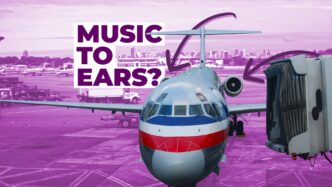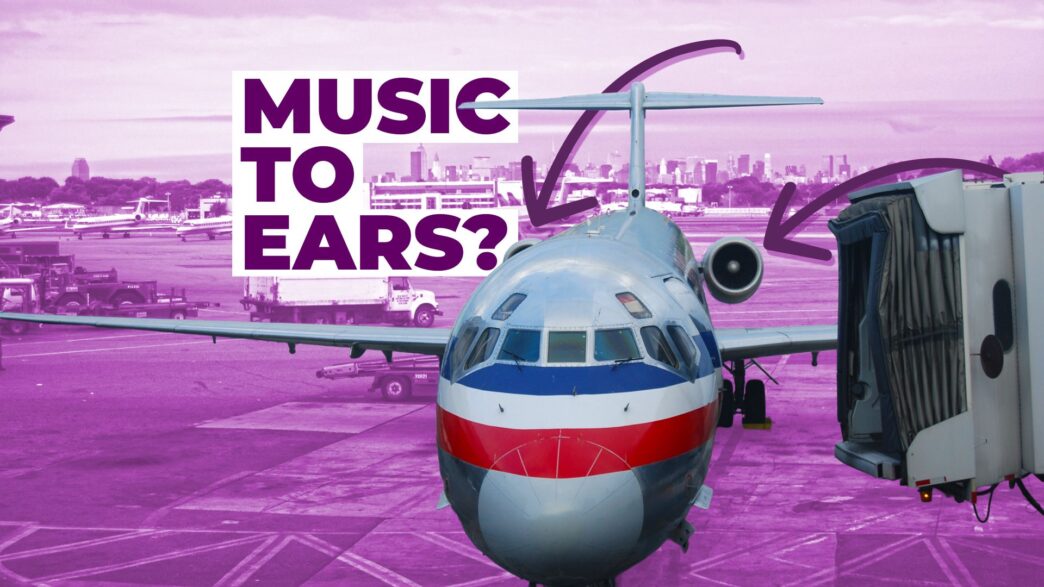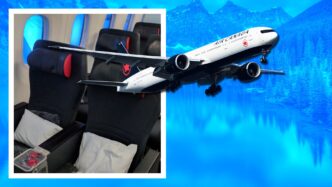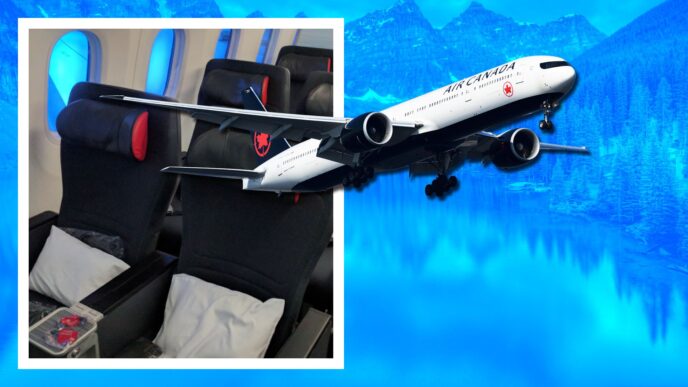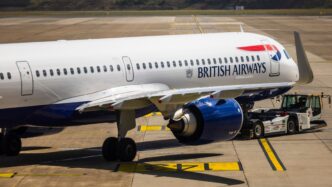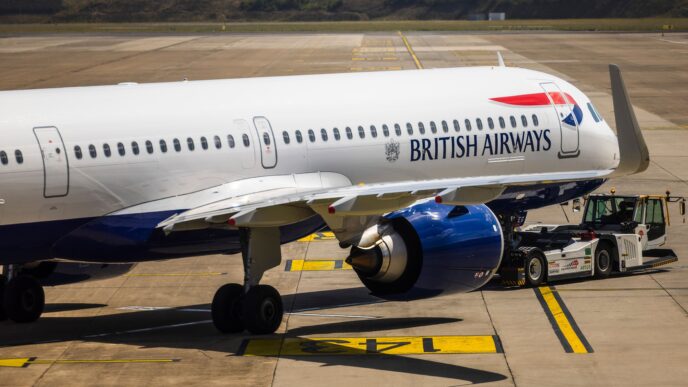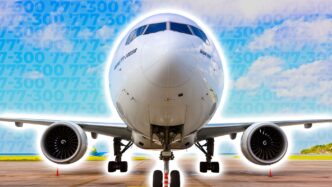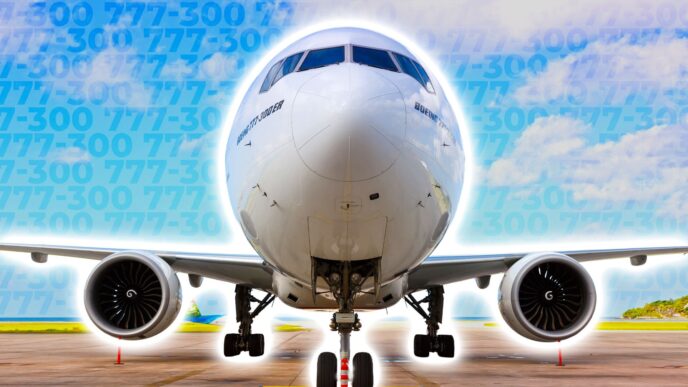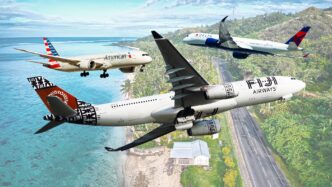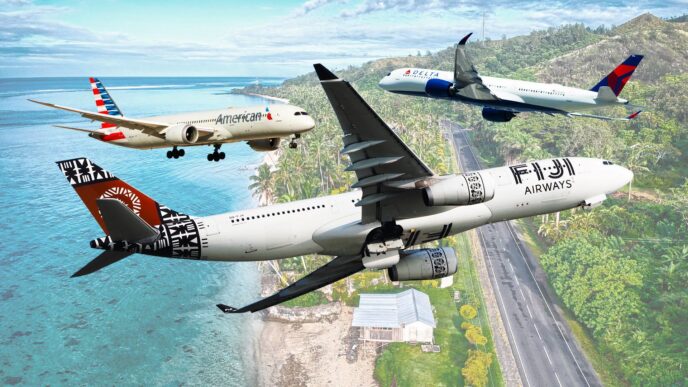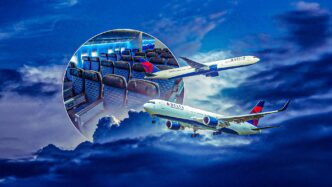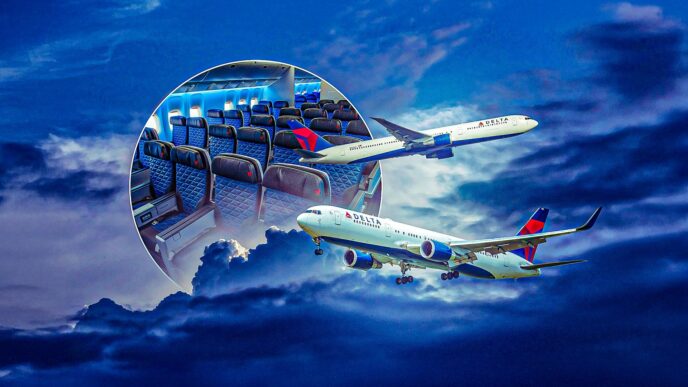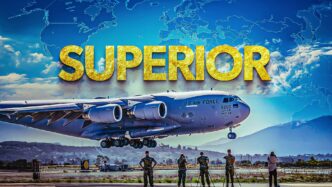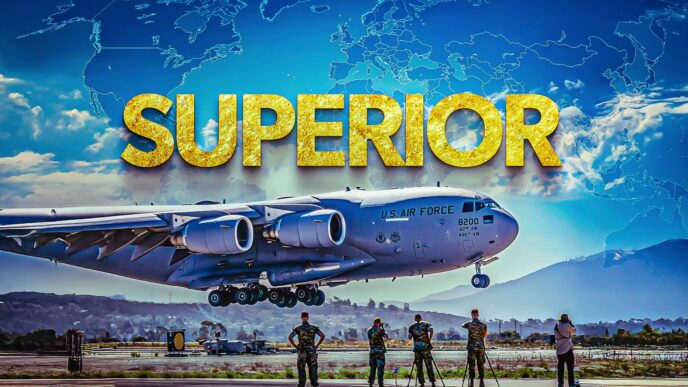Today, aircraft and engine manufacturers are heavily focused on creating jets that strike the perfect balance between efficiency, comfort, and performance. From cutting-edge aerodynamics to sleek, comfortable interiors, every aspect is meticulously designed to enhance the passenger experience and meet the high standards of airlines. A major factor in this evolution is propulsion technology, which has significantly improved fuel efficiency, reduced cabin noise, and minimized the noise impact around airports. Over the years, the approach to noise has transformed dramatically. While engines naturally produce sound, modern turbofans are much quieter than older models, sparing passengers from the once-expected deafening roar. In the past, noise reduction wasn’t a priority, and many jets were notorious for their loudness both in the air and on the ground.
Take the McDonnell Douglas MD-80, for example. This aircraft quickly gained a reputation for being one of the loudest jets. Introduced in the late 1970s, the MD-80 was a mid-size, medium-range airliner that became a staple in the narrowbody market. It was an extended and modernized version of the DC-9, targeting the 140–170 seat market. Despite its popularity and reliability, the MD-80’s engine technology was a relic of a noisier era. Powered by Pratt & Whitney’s JT8D engines, the MD-80’s low-bypass turbofan engines were known for their loudness. The JT8D-200 series, exclusive to the MD-80, offered more thrust and efficiency than earlier models but still had a bypass ratio of only about 1.74:1. This meant more air passed through the hot engine core, resulting in a louder exhaust jet.
The MD-80’s noise levels were a point of contention among passengers. While some appreciated its reliability and performance, others were less thrilled with the noise. Pratt & Whitney’s JT8D-200 engines, introduced in 1980, delivered between 18,500 and 21,000 pounds of thrust, with over 2,900 units built. Despite its drawbacks, the MD-80 played a significant role in aviation history, marking a transitional period in aircraft design and technology. #AviationHistory #AircraftDesign #JetEngines
Originally reported by Simple Flying Read More
